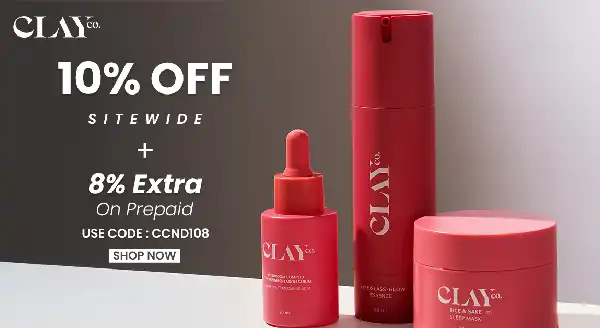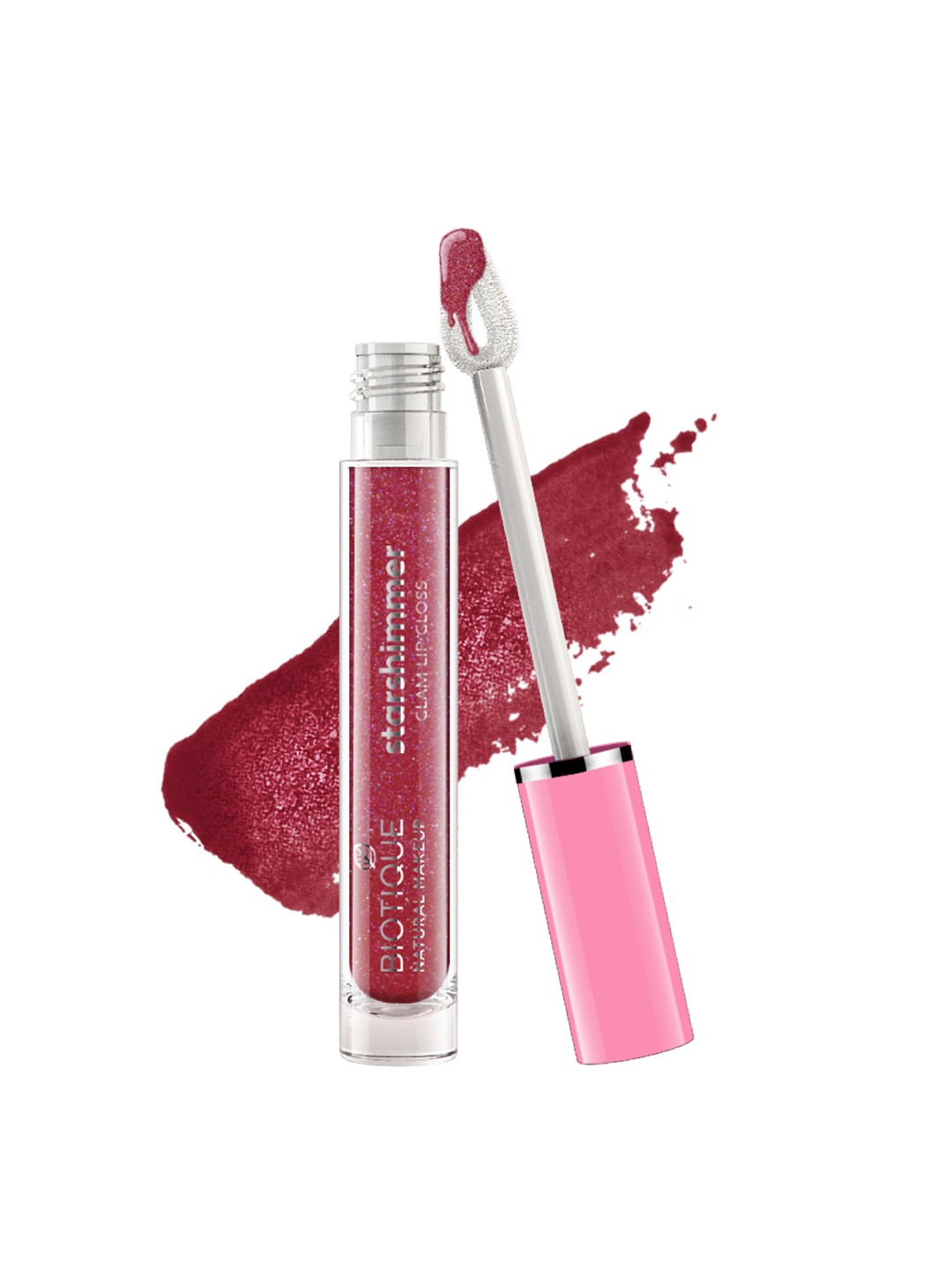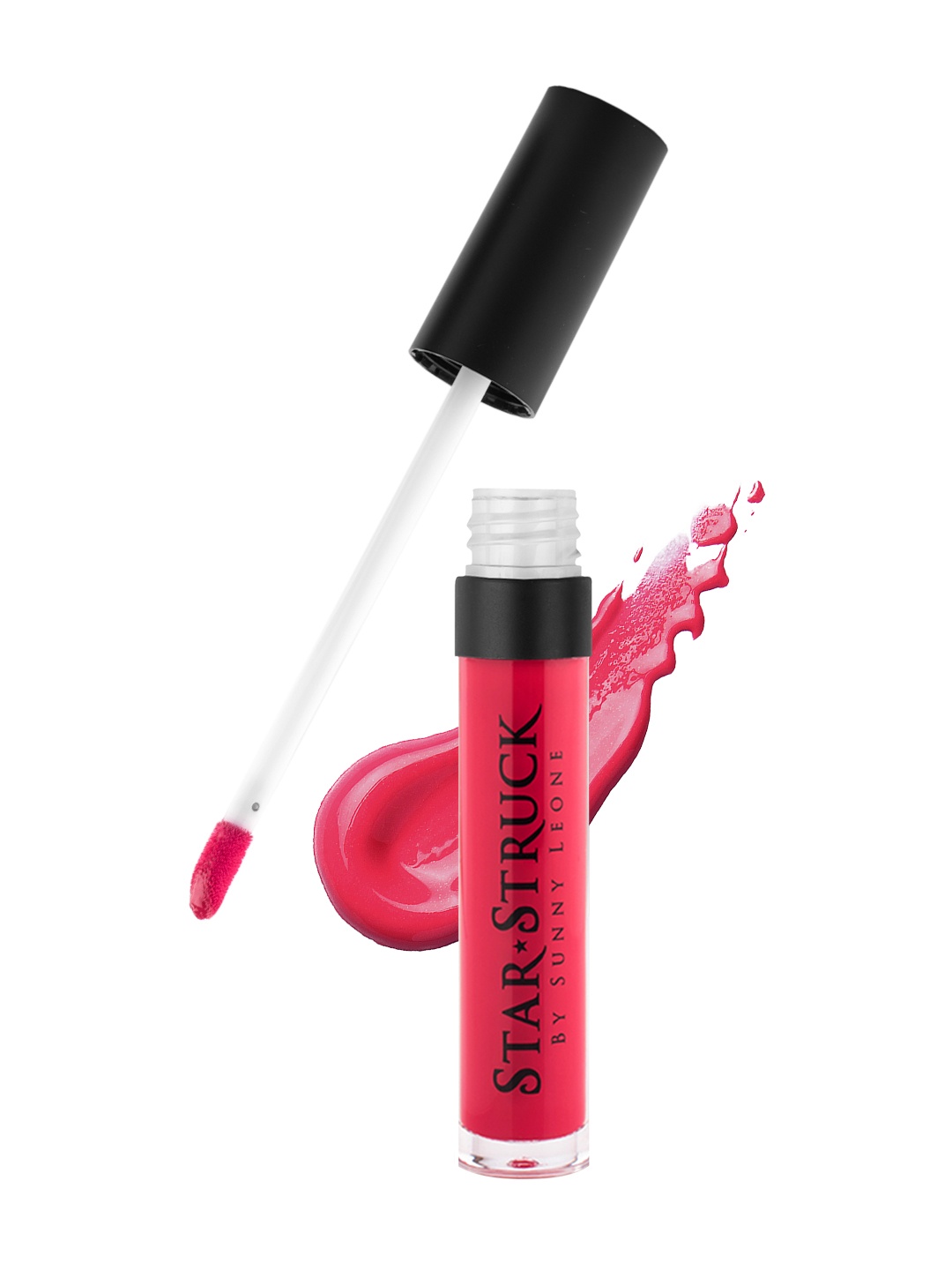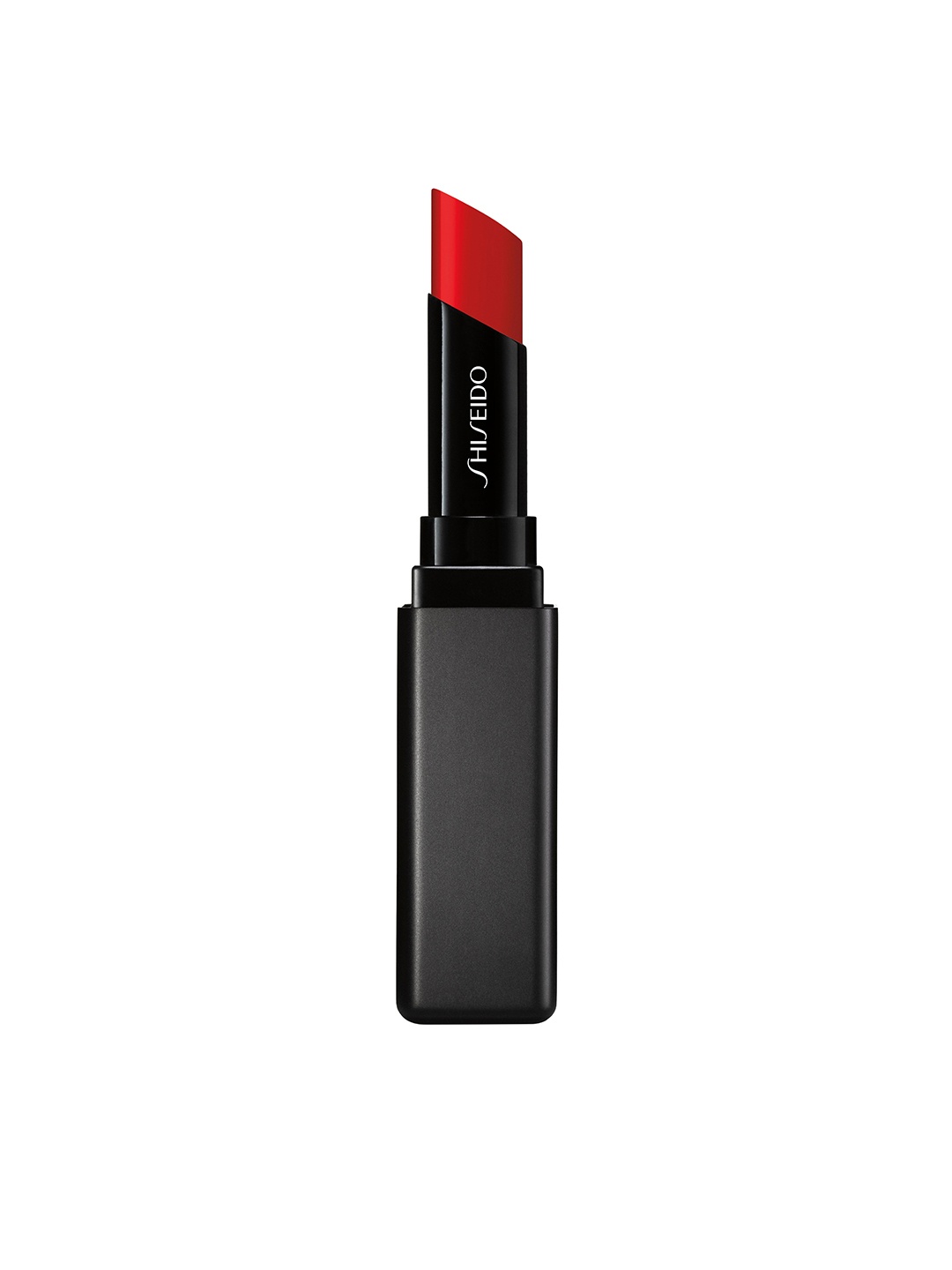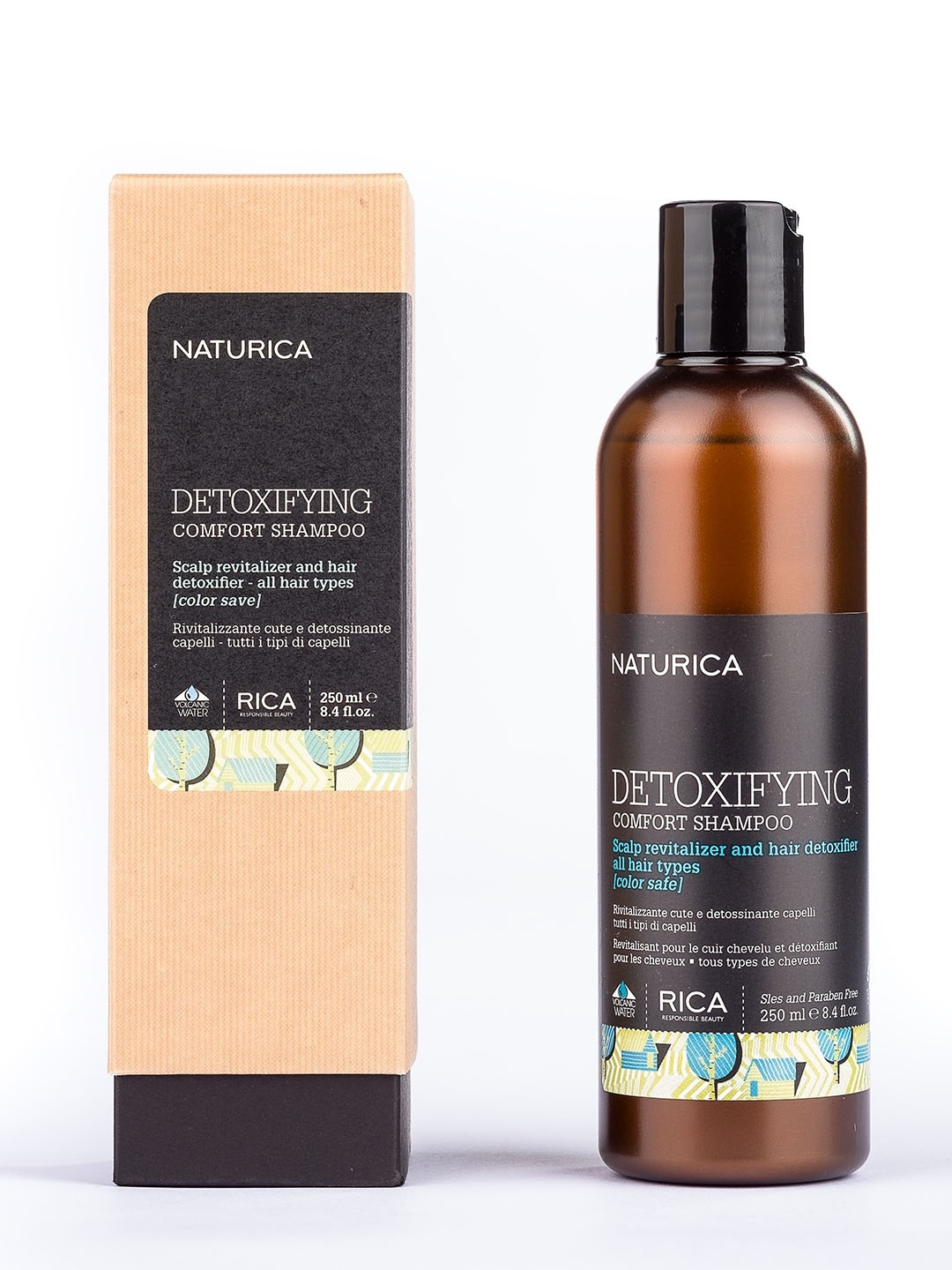All About Korean Skincare You Wanted To Know But Were Afraid To Ask
Glassy skin, snail slime, and a ten-step routine, Korean skincare has gone from niche to necessary. But what is behind the glow? If you have stared at shelves full of ampoules and sheet masks, wondering where to even begin, this blog’s for you.

Unlock Korean Beauty Secrets: The 10 Essential Steps for Radiant, Healthy Skin
It starts with a compliment. “Your skin is glowing!” A moment of delight, quickly followed by curiosity, what's the secret? More often than not these days, the answer points eastward to the land of K-pop, kimchi, and cushion compacts. Korean skincare isn't just another trend on the beauty block. It's a philosophy, a ritual rooted in prevention, consistency, and a touch of indulgence.
What makes it especially fascinating is how it resonates with skincare seekers here. Maybe it's the love of traditions or the comfort of routines passed down through generations. Or maybe it's just the joy of opening a fresh sheet mask after a long day. Whatever the draw, Korean skincare offers more than lotions and potions. It offers a mindset, gentle, layered, and patient.
So if you've felt lost between toners and essences or heard whispers of double cleansing and snail mucin, buckle up. Here's everything you wanted to ask (but didn't know how to).
1. What Makes Korean Skincare So Different?
Imagine a skincare world where prevention is better than panic, and where the focus isn't on quick fixes but long-term health. That's Korean skincare in a nutshell. Unlike some regimens that only respond when things go wrong, this approach is proactive. Think of it like watering a plant every day instead of reviving a wilted one.
A typical Korean routine isn't about piling on products. It's about layering, gently. Each step serves a purpose, whether it's to hydrate, soothe, protect, or nourish. What stands out is the emphasis on hydration, even for oily skin types. The philosophy believes moisture is key to balanced, resilient skin.
Another striking feature is the use of innovative, often nature-derived ingredients, green tea, ginseng, centella asiatica, fermented rice water, even snail secretion filtrate (yes, really). These ingredients aren't gimmicks. They've been tried and tested over centuries, now bottled with science-backed formulas.
It's not just skincare; it's self-care in disguise. A mini-spa moment that's both calming and restorative. And honestly, who wouldn't want a bit of that?
2. Breaking Down The 10-Step Routine
Ten steps. Sounds excessive, right? Like something only a K-drama actress with infinite time could pull off. But before brushing it off, here's the twist: it's flexible. The so-called “10-step” routine is a template, not a strict syllabus.
Here's the breakdown:
- Oil Cleanser – Dissolves makeup and sunscreen.
- Foam Cleanser – Gets rid of leftover impurities.
- Exfoliator – Clears dead skin (2–3 times a week).
- Toner – Balances pH and preps the skin.
- Essence – Lightweight hydration booster.
- Serum/Ampoule – Targets concerns like pigmentation or acne.
- Sheet Mask – Occasional indulgence packed with serum.
- Eye Cream – For the delicate under-eye area.
- Moisturiser – Seals in all the goodness.
- Sunscreen – Morning must-have, rain or shine.
It might seem over-the-top, but most people customise it, some stick to 5 steps, others rotate masks and exfoliants. It's less about the number, more about the intention. Building a routine that feels like a treat rather than a task is the true win.
3. Snail Slime And Other Quirky Ingredients
Now let's talk about the elephant in the room, or rather, the snail. Yes, the infamous snail mucin. It might sound like something straight out of a sci-fi film, but in skincare, it's liquid gold. It hydrates, heals, and even boosts collagen.
Korean skincare is known for embracing unique ingredients that often raise eyebrows. Bee venom, fermented rice water, mugwort, seaweed, all backed by time-tested traditions and clinical trials. These aren't marketing gimmicks. They come with benefits ranging from soothing inflammation to brightening dull skin.
What's charming is the gentle approach to even the most potent ingredients. Instead of high percentages that irritate, formulations tend to be balanced and layered. Take centella asiatica, for example, it calms stressed-out skin without drying it out.
Quirky? Yes. Effective? Also yes. And surprisingly accessible too. It's easy to find products with these unusual heroes online or in major beauty stores, often for under ₹1,000.
4. The K-Beauty Impact On Local Beauty Markets
Walk into any large beauty store and you'll see the ripple effect of K-beauty. From packaging design to ingredient lists, the influence is unmistakable. Many local brands now offer “essence-toner” hybrids, glass skin serums, and calming sheet masks.
Online retailers have jumped on board too. Dedicated K-beauty sections are thriving on platforms like Nykaa, Amazon, and Tira. Some salons even offer facials inspired by Korean methods, hydrating, layered, and glow-inducing.
And let's not ignore social media. Skincare influencers now talk about double cleansing as casually as brushing teeth. This awareness has led to more informed customers who don't just follow trends, but understand them.
The best part? It's no longer necessary to import expensive brands. Many K-beauty favourites are now manufactured closer to home, bringing down the cost without sacrificing quality. What once felt like a distant luxury is now within reach.
Glow Up with Korean Skincare: A 10-Step Blueprint for Luminous, Healthy Complexion; Photo Credit: Pexels
5. Navigating K-Beauty On A Budget
There's a myth that quality skincare comes with a premium price tag. Not true. With a bit of homework, building a K-beauty-inspired routine under ₹2,000 is very doable.
Start with essentials: a gentle foam cleanser (₹300–₹500), a hydrating toner (₹400–₹600), and a light moisturiser (₹500–₹700). Add a good sunscreen and you're set.
Many budget-friendly Korean brands like The Face Shop, Etude House, Innisfree, and Some By Mi have lines targeted at younger skin, blemish-prone skin, or sensitive types. Sites often offer bundles, trial kits, and seasonal discounts.
Don't forget homegrown dupes. Several local brands now use Korean-style formulations at a fraction of the cost. Just keep an eye on the ingredient list and patch test new products.
Skincare isn't a splurge. It's an investment, and thanks to this beauty wave, it no longer breaks the bank.
6. Layering vs Slathering: The Science Behind It
Ever wondered why Korean skincare is obsessed with layering? It's not about quantity, it's about efficiency. Layering allows ingredients to penetrate better, without overwhelming the skin.
Think of it like cooking. You don't dump all your spices at once. You add, taste, adjust. Same with skincare. A watery toner opens the gates, an essence hydrates, a serum targets, and a moisturiser locks everything in. When applied in the right order, from thinnest to thickest, each product does its job better.
And no, it doesn't make your skin feel greasy. When done right, it absorbs like a dream. The result? Skin that's plump, dewy, and breathable, not slick and suffocated.
This approach also means you can tweak your routine daily. Humid day? Skip the heavier layers. Dry evening? Add an extra essence or overnight mask. It's adaptable, thoughtful, and surprisingly intuitive once you get the hang of it.
Also Read: Add These 7 Steps To Your Night Skincare Routine For Pimple-Free Mornings
7. The Role of SPF: More Than Just Sun Protection
One thing Korean skincare absolutely nails? Sunscreen. Not the chalky, sticky kind. We're talking lightweight, non-greasy, invisible SPFs that feel more like skincare than sunblock.
And it's not just about tanning. Korean beauty culture takes sun protection seriously because UV rays are one of the biggest culprits behind early ageing, pigmentation, and even acne scars. The mantra? Apply every morning, indoors or outdoors, and reapply every few hours.
What's even better is how these sunscreens often come infused with extras, like green tea for calming, niacinamide for brightening, or hyaluronic acid for hydration. And the textures? Silky gels, cushion compacts, even sunsticks that glide on like a dream.
Most high-quality K-beauty sunscreens fall in the ₹800–₹1,200 range. It might feel like a splurge initially, but once you see how smooth your makeup sits on top and how even your skin tone becomes, there's no going back.
8. Skincare For All Seasons: Adjusting the Routine
Skincare isn't static, it evolves with the seasons. That's something Korean skincare gets beautifully right. In summer, the focus shifts to lightweight hydration, oil control, and sun protection. Come winter, the layers get richer with nourishing creams and sleeping masks.
During monsoon, humidity can trigger breakouts, so gentle exfoliation and calming products become essential. In cooler months, ceramide-rich formulas help retain moisture.
This seasonal shift mirrors how people adapt their wardrobes, cotton kurtas in May, shawls in December. The idea is simple: listen to your skin. If it feels tight, feed it moisture. If it's breaking out, pare back and simplify.
And here's a little tip: keep mini skincare kits for travel. K-beauty makes it easy with tiny but mighty packs that fit in any handbag. Whether you're trekking to the hills or heading to a wedding in Rajasthan, your skin won't miss a beat.
9. Myth-Busting: Not Just for Fair Skin
Let's address the elephant in the room. There's a misconception that Korean skincare only caters to pale, porcelain skin types. Not true. In fact, many products are designed for concerns that people with deeper, warmer skin tones face too, like hyperpigmentation, sun sensitivity, and uneven texture.
Essences and serums with niacinamide or licorice root target dark spots without harsh bleaches. Products focus on radiance, not fairness. Hydration, barrier repair, and glow are the real goals here, not whitening.
Plus, K-beauty is all about skin health over skin tone. The aim isn't to change your complexion, but to help it feel strong, calm, and even-toned.
So the next time you pick up a product with “brightening” on the label, remember it's about luminosity, not lightness.
10. Where to Begin: Building Your Own Routine
Feeling inspired but still a bit overwhelmed? Start small. A cleanser, a moisturiser, and a sunscreen. That's enough. Once you're comfortable, add a toner or an essence. Then maybe a serum for your specific needs, be it dullness, oiliness, or pigmentation.
Skincare should feel like brushing your teeth. Daily, simple, and satisfying. The trick is to stay consistent. No product can work overnight. Give it 4–6 weeks to see real change.
And finally, listen to your skin. Not every buzzy product will suit you. Patch test. Be patient. Enjoy the process.
Products Related To This Article
1. A'Pieu Deep Clean Foam Cleanser -WHIPPING- Face Wash (130 ml)
2. Cosrx Advanced Snail 96 Mucin Power Essence | Hydrating Face Serum for Glowing Skin | Korean Skincare for Men & Women (100 ml)
3. The Face Shop Rice Water Bright Foaming Cleanser, for glowing skin & even skin tone Face Wash (150 ml)
4. The Face Shop Rice & Ceramide Moisturizing Emulsion,that locks skin moisture for 12HR (150 ml)
5. The Face Shop Pomegranate And Collagen Volume Lifting Cream (50 ml)
6. Cosrx Master Patch Intensive Pimple Patch with Tea Tree Oil (Pack Size:36patches) (36 ml)
7. The Face Shop White Seed Brightening Lotion (50 ml)
Korean skincare isn't a magical elixir or a secret code. It's a thoughtful, layered approach to treating your skin with care, patience, and respect. It invites you to slow down, tune in, and indulge a little, even on a busy Tuesday night.
With the right products, even a few mindful steps can bring visible, tangible results. It's not about perfection. It's about progress, glow by glow, step by step.
So the next time someone compliments your skin, don't be surprised. You'll know exactly why. Shop now on Flipkart.
Disclaimer: The images used in this article are for illustration purpose only. They may not be an exact representation of the products, categories and brands listed in this article.










